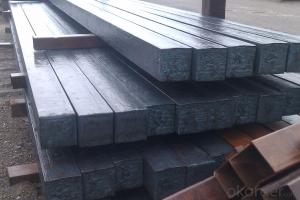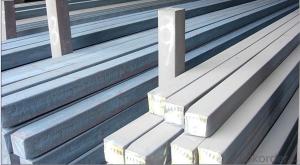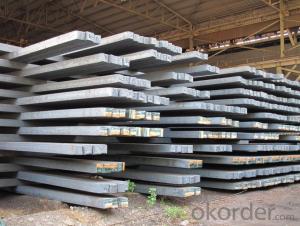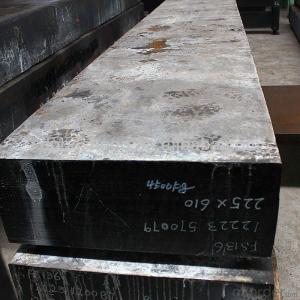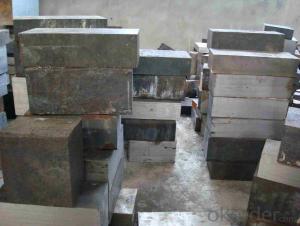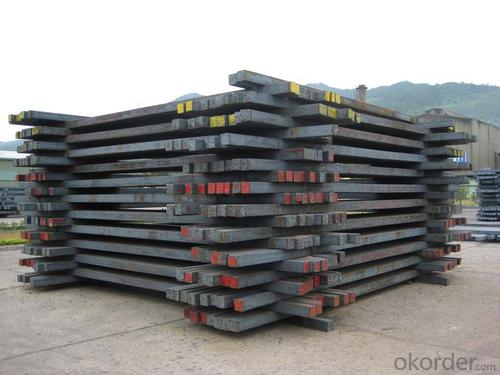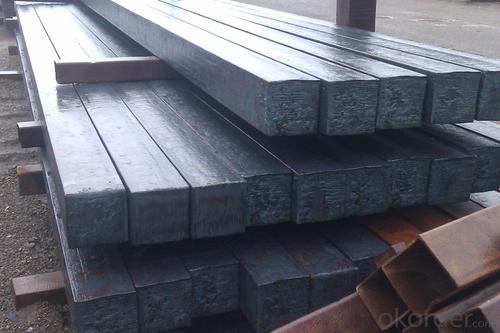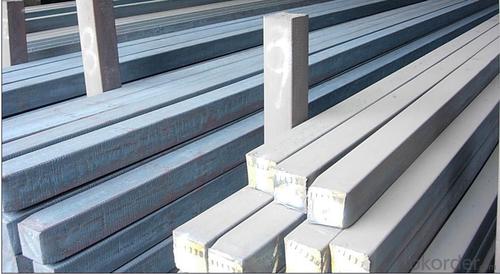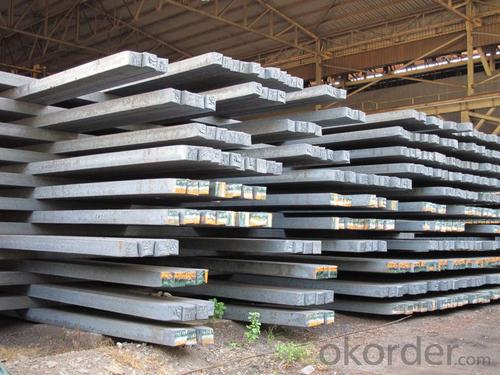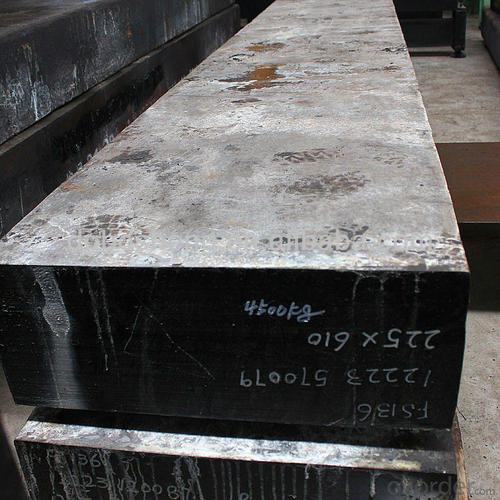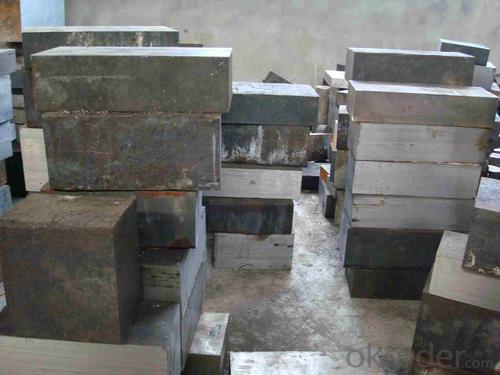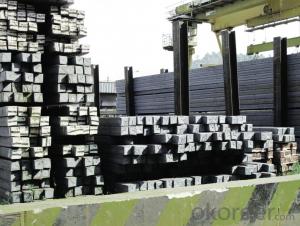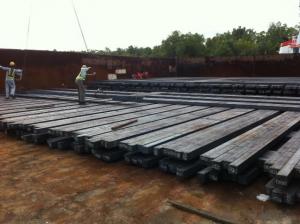Prime quality prepainted galvanized steel 705mm
- Loading Port:
- Tianjin
- Payment Terms:
- TT OR LC
- Min Order Qty:
- 100 m.t.
- Supply Capability:
- 10000 m.t./month
OKorder Service Pledge
OKorder Financial Service
You Might Also Like
Construction building material galvanized color prepainted cold
rolled steel coil
Prepainted steel sheet is coated with organic layer, which provides higher anti-corrosion property and
a longer lifespan than that of galvanized steel sheets.
The base metals for prepainted steel sheet consist of cold-rolled, HDG electro-galvanized and hot-dip
Alu-zinc coated. The finish coats of prepainted steel sheets can be classified into groups as follows:
polyester, silicon modified polyesters, polyvinylidene fluoride, high-durability polyester, etc
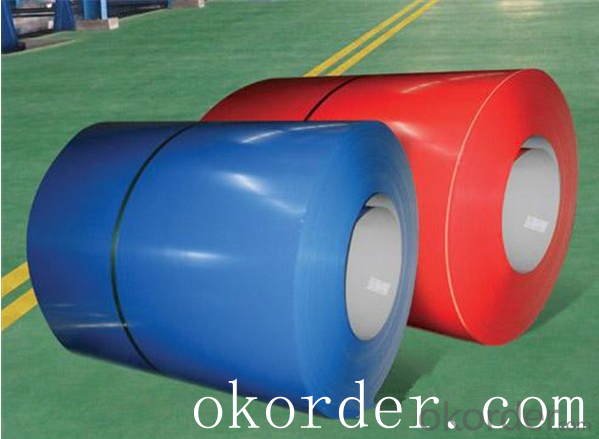
Standard and Grade :
Pre-paint galvanized steel coil | ||||
ASTM A755M-03 | EN10169:2006 | JISG 3312-2012 | ||
Commercial quality | CS | DX51D+Z | CGCC | |
Structure steel | SS GRADE 230 | S220GD+Z | CGC340 | |
SS GRADE 255 | S250GD+Z | CGC400 | ||
SS GRADE 275 | S280GD+Z | CGC440 | ||
SS GRADE 340 | S320GD+Z | CGC490 | ||
SS GRADE550 | S350GD+Z | CGC570 | ||
S550GD+Z | ||||
Application:
Outdoor | Roof, roof structure, surface sheet of balcony, frame of window, door of garage, rolled shutter door, booth, Persian blinds, cabana, etc |
Indoor | Door, isolater, frame of door, light steel structure of house, home electronic appliances, ect. |
Specifications
Commodity Name: Prepainted Galvanized Steel Coil
Standard: AISI, ASTM, DIN, GB, JIS
Grade: TDC52D+Z
Thickness 0.13-8.0mm
Width:600mm-1350mm
Zinc Coating:275g/m2
Polyester Coating Thickness:Top and Back coating thickness depend by Buyer Requirement.
Polyester Coating Type:2/2,1/2m,1/2.
Polyester Type: Polyester, silicone modified polyester, high durability polyester (HDP), polyvinylidene fluoride (PVDF)
Unit Roll Weight:5-20tons
Place of Origin Shanghai , China (Mainland)
Surface Treatment :Color Coated
Manufacture Progress:HRC-CRC-GALVANIZED-COLOR COATED
Application : Construction, electrical, transportation, steel plant, composite board plant, steel tile factory
Payment & Shipping Terms:T/T ,L/C, and FOB CHINA
Minimum Order Quantity: 25Tons
Packge Type: Moisture-proof paper inner,Steel outside,Bundle by steel rope.
Package in Container : Wood as a foot pad, wire rope reinforcement,PPGI steel coil tied together by steel rope.
- Q: What are the main factors affecting the formability of alloy steel billets?
- The formability of alloy steel billets, which refers to the ability of the material to be shaped or formed without cracking or fracturing, is influenced by several key factors. 1. Alloy composition: The alloy composition of steel billets plays a significant role in determining their formability. Different alloying elements such as carbon, manganese, chromium, and nickel can alter the mechanical properties of the steel, including its ductility and toughness. Higher levels of certain elements can improve formability, while excessive amounts can lead to brittleness and reduced formability. 2. Grain size and structure: The grain size and structure of the steel billets also affect formability. Fine-grained structures have better formability compared to coarser grain sizes. This is because fine grains allow for more uniform deformation and reduce the likelihood of localized strain concentration, which can lead to cracking. 3. Temperature: The temperature at which the steel billets are processed greatly influences their formability. The material's ductility and ability to deform without cracking are generally enhanced at higher temperatures. This is due to the reduction in the material's yield strength and increased plasticity. However, excessively high temperatures can also lead to excessive grain growth and decreased formability. 4. Strain rate: The rate at which the steel billets are deformed is another important factor. Higher strain rates can result in reduced formability, as the material may not have sufficient time to accommodate the deformation before fracture occurs. Controlling the strain rate during forming processes is crucial to ensure optimal formability. 5. Lubrication: The use of lubricants during the forming process can significantly improve the formability of steel billets. Lubricants reduce friction between the material and the forming tools, minimizing the risk of sticking or tearing. They also help dissipate heat generated during deformation, preventing excessive temperature rise that can negatively impact formability. 6. Forming process: The specific method used to shape the steel billets can also affect formability. Different processes, such as forging, rolling, or extrusion, impose varying levels of strain and stress on the material. Each process has its own limitations and requirements for optimal formability, and selecting the appropriate forming method is crucial to achieve the desired shape without compromising the material's integrity. In summary, the formability of alloy steel billets is influenced by their alloy composition, grain size and structure, temperature, strain rate, lubrication, and the chosen forming process. Understanding and controlling these factors are essential for achieving the desired shape and avoiding defects or failures during the forming of alloy steel billets.
- Q: How do steel billets contribute to the manufacturing of tools and equipment?
- Steel billets are an essential raw material in the manufacturing of tools and equipment. These hot-rolled or forged semi-finished steel products serve as the starting point for various manufacturing processes. They are shaped, machined, and heat-treated to create specific components or parts used in tools and equipment. The high strength, durability, and versatility of steel billets make them ideal for producing a wide range of tools and equipment, including cutting tools, molds, dies, gears, and machine components.
- Q: Is there an export duty? Or is there a tax refund?
- Your specification 13*13*6 or 12 meters, this is a square cross section, so 7207120000 this can not be used, your billet carbon content is 0.17 to 0.23% less than 0.25%, so we must use the following7207190000 Other Billets with carbon content less than 0.25%Export tax refund: 0%MFN country of import tariff: 2%General customs duties: 11%Export tariff rate: 0%VAT: 17%
- Q: What are the cost implications of using steel billets in manufacturing?
- The cost implications of using steel billets in manufacturing can vary depending on several factors. Firstly, the price of steel billets themselves can fluctuate due to market conditions and supply and demand. Additionally, the cost of transportation and logistics to acquire and transport the billets to the manufacturing facility can impact overall expenses. Moreover, the processing and fabrication techniques required to convert the billets into finished products may incur additional costs, such as labor, energy, and equipment expenses. Furthermore, the quality and characteristics of the steel billets, including their composition, size, and surface finish, can also influence costs. Ultimately, careful consideration of these factors is necessary to assess the cost implications accurately.
- Q: What are the challenges in welding steel billets?
- Welding steel billets presents various obstacles that need to be addressed. One of the primary hurdles involves achieving proper heat distribution throughout the welding process. Given their considerable size and thickness, steel billets make it difficult to evenly distribute heat across the material. Consequently, this can lead to inconsistencies in the weld, resulting in weak areas or even joint failure. Another challenge revolves around the possibility of distortion and warping during the welding process. The application of heat to the steel causes the material to expand and contract, leading to undesired changes in shape and dimensions. This issue becomes particularly problematic when dealing with larger or more intricate structures, as maintaining the desired shape and dimensions becomes crucial. Furthermore, steel billets may contain impurities and contaminants that can impact the weld's quality. These impurities, such as sulfur, phosphorus, and other elements, can trigger the formation of brittle zones or other defects in the weld. To mitigate these challenges, it is necessary to adequately clean and prepare the billet surface, as well as employ appropriate welding techniques and filler materials. Moreover, the high carbon content commonly found in steel billets makes them susceptible to cracking during the welding process. Carbon acts as a hardening agent in steel and can increase its vulnerability to cracking, particularly if proper preheating and post-weld heat treatment procedures are not followed. Essential measures include controlling the cooling rate and implementing stress-relieving techniques to prevent cracking and ensure weld integrity. Lastly, the sheer size and weight of steel billets can pose logistical challenges during welding. The handling and positioning of these heavy objects necessitate specialized equipment and skilled operators to guarantee safety and accuracy. Additionally, achieving precise alignment and fit-up becomes more complex with larger billets, demanding careful planning and execution. To summarize, welding steel billets involves overcoming challenges such as heat distribution, distortion and warping, impurities and contaminants, carbon-induced cracking, and logistical issues. Successfully navigating these obstacles requires expertise, appropriate equipment, and adherence to proper welding techniques and procedures.
- Q: How are steel billets used in the manufacturing of machinery?
- Steel billets are an essential component in the manufacturing of machinery due to their versatility and strength. These cylindrical metal bars, typically made from carbon or alloy steel, serve as the raw material that is transformed into various machine parts and components. One common application of steel billets in machinery manufacturing is for the production of machine frames and structures. The billets are heated and then hot-rolled or forged into the desired shape, ensuring the final product has the necessary strength and durability to withstand the mechanical stresses it will encounter during operation. Additionally, steel billets are used to create machine components such as gears, shafts, and axles. These parts require high tensile strength and resistance to wear and deformation, making steel billets the ideal material choice. The billets are typically machined or forged into the desired shape, ensuring precise dimensions and tolerances are met. Furthermore, steel billets can also be used in the manufacturing of machine tools, which are crucial for shaping and machining various materials. By using steel billets as the base material, machine tools can effectively handle heavy loads, provide stability, and ensure precision in the manufacturing processes. In summary, steel billets are integral to the manufacturing of machinery, as they provide the necessary strength, durability, and versatility required for the production of machine frames, components, and tools. Their ability to be shaped, machined, and forged into various forms allows for the creation of high-quality machinery that can effectively perform its intended functions.
- Q: What are the main factors that determine the sustainability of steel billets production?
- The sustainability of steel billets production is determined by several key factors. Firstly, the source of raw materials plays a crucial role in the sustainability of steel billets production. Using recycled scrap metal as the primary source of raw material reduces the need for new mining and extraction of iron ore, thereby minimizing the environmental impact associated with resource extraction. Secondly, energy consumption during the production process is a significant factor in determining sustainability. Steel production is energy-intensive, and the choice of energy sources can greatly impact its sustainability. The use of renewable energy, such as solar or wind power, can significantly reduce the carbon footprint of steel billets production. Thirdly, the efficiency of production processes and technologies employed in steel billets production is vital for sustainability. Modern technologies, such as electric arc furnaces, have higher energy efficiency and emit fewer greenhouse gases compared to traditional blast furnaces. Additionally, implementing waste heat recovery systems and optimizing material usage can further enhance the sustainability of steel billets production. Another crucial factor is the management of by-products and waste generated during production. Proper handling, treatment, and disposal of by-products and waste materials, such as slag and dust, are essential to minimize environmental pollution and ensure sustainability. Furthermore, the adoption of responsible and ethical practices throughout the supply chain, including labor rights, health and safety standards, and community engagement, contributes to the overall sustainability of steel billets production. Lastly, regulatory frameworks and government policies have a significant impact on the sustainability of steel billets production. Stringent environmental regulations, support for clean technologies, and incentives for sustainable practices can encourage the industry to adopt more sustainable production methods. In summary, the sustainability of steel billets production depends on factors such as the source of raw materials, energy consumption, production processes, waste management, ethical practices, and regulatory frameworks. By addressing these factors, the steel industry can strive towards more sustainable and environmentally friendly production practices.
- Q: How do steel billets contribute to the circular economy?
- There are several ways in which steel billets contribute to the circular economy. Firstly, they play a key role in the recycling process of steel. Steel is widely recycled around the world, and by using steel billets, scrap steel can be transformed into new products. This helps to reduce the demand for virgin iron ore and the energy-intensive processes involved in its extraction and production. Additionally, steel billets can be made from various sources, including industrial waste, automotive scrap, and construction waste. This allows for the repurposing of materials that would otherwise be disposed of in landfills, thereby reducing waste and conserving resources. By utilizing steel billets made from recycled materials, the industry can promote a more sustainable and environmentally friendly approach to steel production. Moreover, steel billets are highly versatile and can be applied in a wide range of situations. This versatility extends the lifespan of steel products and reduces the need for replacement. In the circular economy, the objective is to maximize resource utilization, and steel billets contribute to this by enabling the production of durable and long-lasting steel goods. Lastly, the circular economy places great importance on closing the loop and ensuring that materials are reused or recycled at the end of their life cycle. Steel billets facilitate this process as they are readily available for the production of new steel products. This not only reduces reliance on virgin materials but also minimizes the environmental impact associated with the extraction and processing of raw materials. In summary, steel billets play a crucial role in the circular economy by enabling steel recycling, repurposing waste materials, promoting durability, and closing the loop in the steel production process. Their use contributes to resource conservation, waste reduction, and the overall sustainability of the steel industry.
- Q: How are steel billets used in the manufacturing of oil and gas equipment?
- The production of oil and gas equipment heavily relies on steel billets. These semi-finished steel products act as the foundation for creating various equipment used in the oil and gas industry. Steel billets are primarily used in pipe manufacturing. To withstand high pressure, extreme temperatures, and corrosive environments, oil and gas pipes require raw materials that can meet these demanding requirements. Steel billets are heated, pierced, and elongated through extrusion to form seamless pipes. Alternatively, they can be rolled and welded to create longitudinally welded pipes. Additionally, steel billets are essential in the production of valves, fittings, and flanges. Valves are critical in controlling the flow of oil and gas, while fittings connect pipes and change their direction. Flanges provide a means of connecting pipes, valves, and other equipment through bolting. All of these components require steel billets as a starting material, which are then machined, shaped, and heat-treated to meet necessary specifications. Furthermore, steel billets are utilized in the fabrication of drilling equipment and offshore structures. Drilling equipment, including drill bits, drill collars, and drill pipes, are vital for oil and gas exploration and extraction. High-quality steel billets are crucial to ensure the strength and durability of these components, which endure intense forces and harsh conditions. Offshore structures, such as platforms and rigs, also rely on steel billets to construct frameworks and support systems that withstand the challenging marine environment. In conclusion, steel billets are irreplaceable in the manufacturing of oil and gas equipment. They serve as the raw material for pipes, valves, fittings, flanges, drilling equipment, and offshore structures. By starting with high-quality steel billets, manufacturers can produce durable and reliable equipment capable of withstanding the demanding conditions of the oil and gas industry.
- Q: What are the different surface treatments for steel billets?
- The different surface treatments for steel billets include hot rolling, cold rolling, shot blasting, and pickling.
Send your message to us
Prime quality prepainted galvanized steel 705mm
- Loading Port:
- Tianjin
- Payment Terms:
- TT OR LC
- Min Order Qty:
- 100 m.t.
- Supply Capability:
- 10000 m.t./month
OKorder Service Pledge
OKorder Financial Service
Similar products
Hot products
Hot Searches
Related keywords

